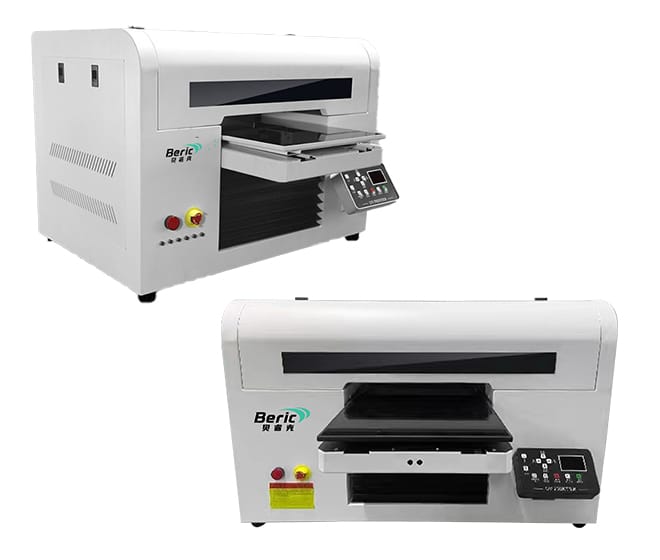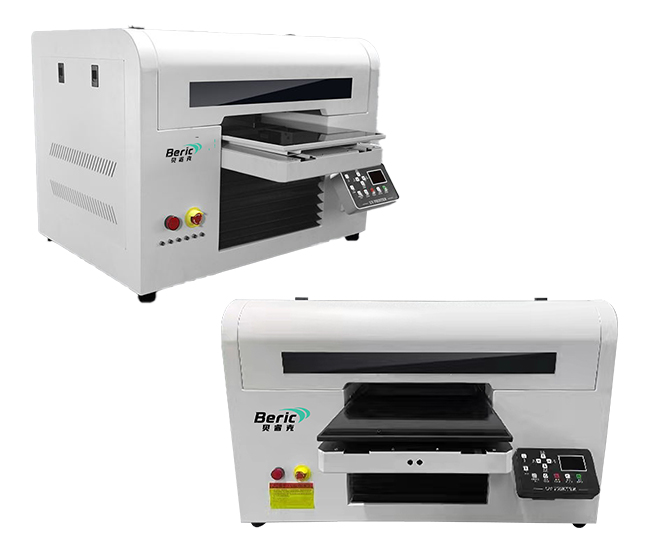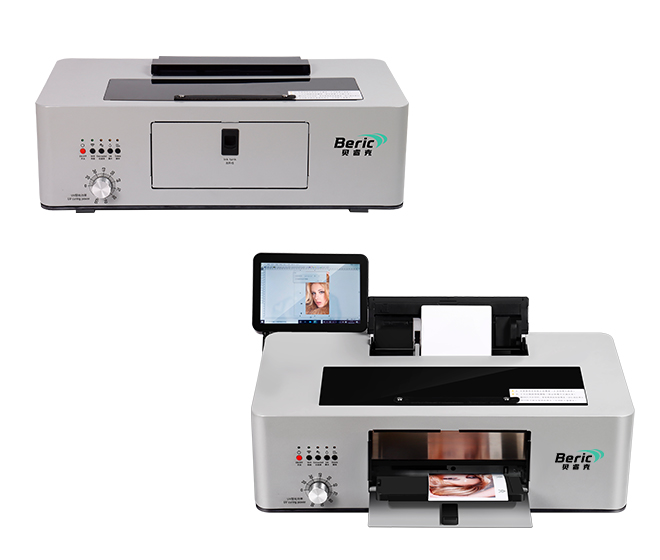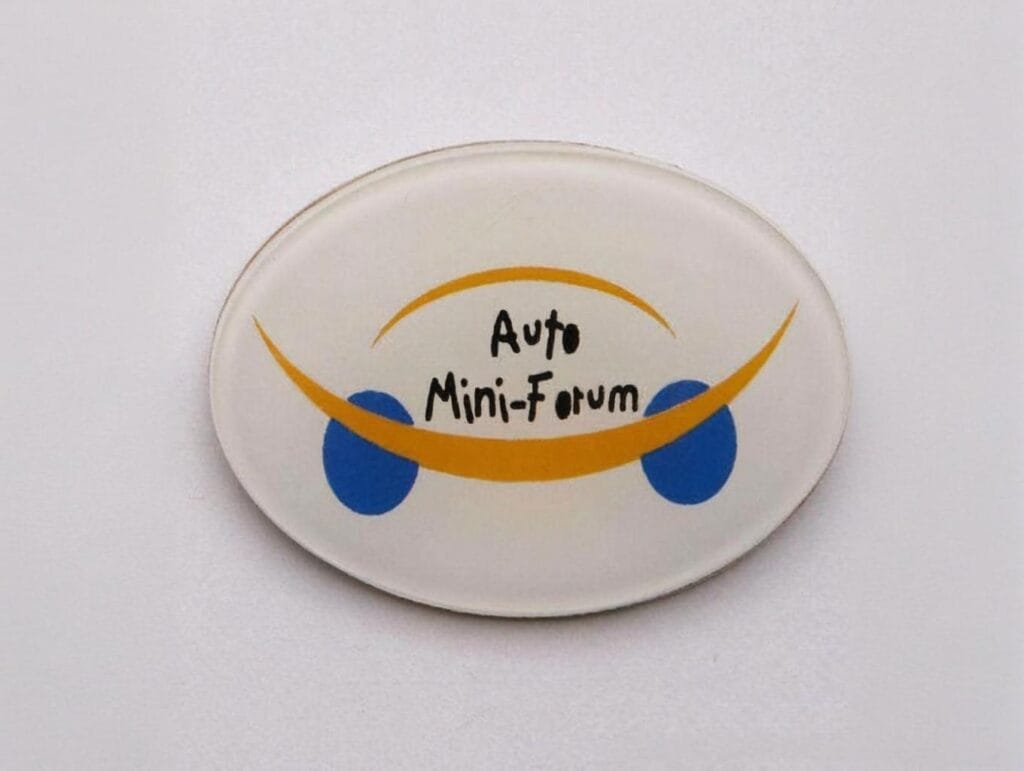When businesses or individuals look for high-quality, versatile printing solutions, one keyword that keeps popping up is impresora UV plana tradicional. In the past decade, this technology has reshaped how companies approach custom printing, product design, and even interior decoration. But what exactly makes UV flatbed printers so special? How do they differ from traditional printers, and more importantly, are they the right investment for your business?
In this guide, we’ll break down everything you need to know about UV flatbed printing—from how it works to pricing considerations—so you can make an informed decision.
What Is a UV Flatbed Printer?
A UV flatbed printer is a digital printer that uses ultraviolet (UV) light to cure ink directly onto a wide variety of surfaces. Unlike standard inkjet printers, which are limited to paper, a UV flatbed printer can print directly onto materials like glass, acrylic, metal, ceramic, plastic, leather, and wood.
The term “flatbed” refers to the printer’s design. Instead of feeding paper through rollers, the object remains stationary on a flat surface (the bed), while the printer head moves across it, depositing ink precisely. The UV lamps immediately cure the ink, making the print durable, scratch-resistant, and vibrant.
How Does UV Flatbed Printing Work?
The process behind UV flatbed printing is both simple and powerful. Here’s a step-by-step breakdown:
-
Preparation: The object or material is placed on the flatbed surface.
-
Printing: The printer head moves across the surface, jetting out UV-curable ink.
-
Curing: UV LED lamps instantly harden the ink as it lands, bonding it directly to the material.
The result? A sharp, full-color print that doesn’t need drying time and can resist scratches, fading, and even some exposure to chemicals.
Applications of UV Flatbed Printers
One of the reasons flatbed UV printers are becoming so popular is their versatility. Here are some industries where they’ve become indispensable:
Promotional Products
From branded phone cases to customized pens, UV flatbed printing enables businesses to print directly on irregularly shaped items.
Signage and Display Boards
Retail stores, exhibitions, and events rely on printer UV flatbed technology to create vibrant, weather-resistant signage that stands out.
Interior Design
Architects and designers use UV flatbed printers to add custom patterns to tiles, glass panels, or furniture surfaces.
Embalaje
Product packaging companies use UV flatbed printing to print directly onto boxes, bottles, or other materials, giving products a premium, custom look.
Advantages of UV Flatbed Printing
Why are businesses switching to UV flatbed printing instead of traditional methods? Here are some of the biggest advantages:
-
Versatility in Materials – Unlike other printers, you’re not limited to paper. A UV flatbed printer can handle plastics, metals, wood, glass, and more.
-
Instant Drying – The UV curing process eliminates long drying times, speeding up production.
-
Durability – Prints resist fading, scratching, and even outdoor exposure.
-
Eco-Friendly Options – Many UV flatbed printers use LED UV lamps, which consume less energy and produce fewer emissions.
-
Customization – Perfect for one-off designs or personalized products without the need for large print runs.
Things to Consider Before Buying a UV Flatbed Printer
While UV flatbed printing sounds like the perfect solution, it’s important to weigh certain factors before making a purchase.
Size of the Flatbed
The bed size determines the maximum material dimensions you can print on. Some machines are designed for small objects (like phone cases), while industrial flatbed UV printers can handle doors, panels, or large signage.
Print Quality
Resolution matters, especially if you’re printing fine text or detailed graphics. Look for printers with at least 1200 dpi for sharp results.
Ink Costs and Supply
UV-curable ink isn’t cheap. It’s important to factor in ongoing ink expenses when calculating the UV flatbed printer price.
Speed
If you’re running a business with large orders, printing speed can make or break productivity. Entry-level printers may be slower, while industrial ones are designed for high-volume output.
Maintenance
Flatbed UV printers require regular maintenance to keep ink nozzles from clogging and ensure consistent print quality.
How Much Does a UV Flatbed Printer Cost?
One of the most frequently searched topics is UV flatbed printer price. The cost varies widely depending on size, features, and brand reputation.
-
Entry-Level Printers: Small desktop UV flatbed printers start around $3,000–$8,000. These are great for startups focusing on custom phone cases, gifts, or small promotional items.
-
Mid-Range Printers: Professional-grade models with larger beds and higher output speeds can cost between $15,000–$40,000.
-
Industrial Printers: For large-scale operations, prices can easily exceed $100,000, but these machines offer unmatched speed, durability, and versatility.
It’s also worth considering the long-term costs: inks, maintenance, and spare parts can add up significantly.
UV Flatbed Printer vs. Other Printing Technologies
If you’re new to the printing industry, you might wonder how UV flatbed printing compares to alternatives like screen printing, sublimation, or solvent printing.
-
Screen Printing: Great for textiles and simple designs but not flexible for small orders or detailed graphics.
-
Sublimation Printing: Produces vibrant colors but requires polyester-coated materials.
-
Solvent Printing: Suitable for banners and large graphics but not as durable or eco-friendly as UV flatbed printing.
Overall, UV flatbed printers combine flexibility, quality, and durability in ways most other methods can’t match.
Is a UV Flatbed Printer Right for You?
The decision ultimately depends on your business goals. If you plan to offer customized products, signage, or interior décor, a flatbed UV printer can be a game-changer. For smaller businesses, starting with a compact model is often the best path. Larger companies may find that investing in an industrial printer UV flatbed is worth the higher upfront cost for long-term productivity.
The Future of UV Flatbed Printing
As technology continues to evolve, UV flatbed printers are becoming more affordable, faster, and more efficient. Manufacturers are also developing eco-friendly inks and energy-saving UV LED lamps, making the technology more sustainable.
Given the growing demand for personalization and unique designs, it’s safe to say that UV flatbed printing is not just a trend—it’s the future of digital printing.
Conclusion
The UV flatbed printer is more than just a piece of equipment—it’s a versatile tool that can open doors to countless opportunities. From small business owners creating custom gifts to large manufacturers producing signage and packaging, UV flatbed printing is revolutionizing the way we think about printing.
Before purchasing, always consider the bed size, print resolution, speed, and overall UV flatbed printer price. With the right investment, you’ll have the power to expand your business offerings, improve efficiency, and deliver products that truly stand out.




